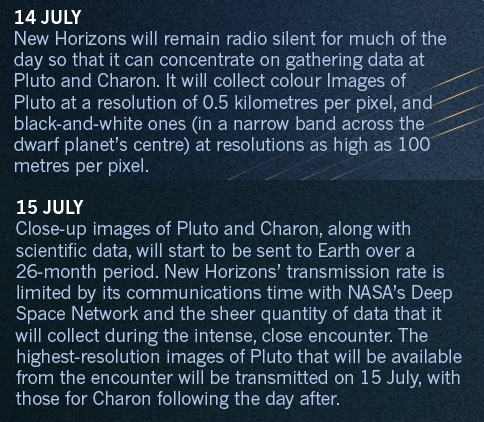A Democratic senator admits she doesn’t believe in free speech
In a television interview Senator Tammy Baldwin (D-Wisconsin) insisted that the first amendment does not apply to individuals, and that the government thus has the right to limit both their speech and religious freedoms.
Her position is that the first amendment only protects institutions. This despite the clear wording of the amendment itself, which simply says
Congress shall make no law respecting an establishment of religion, or prohibiting the free exercise thereof; or abridging the freedom of speech, or of the press; or the right of the people peaceably to assemble, and to petition the government for a redress of grievances.
I don’t see any distinction made between institutions or individuals. Moreover, the courts have repeatedly ruled that these freedoms apply to everyone, individuals, institutions, everyone. Someone with even the slightest knowledge of history, both American, British, and that of all of western civilization, should also know that the battle for liberty of conscience was a battle to expressly give individuals that freedom, not institutions.
Interestingly, the article notes that in another context Baldwin has also said that she doesn’t believe it right that the first amendment protects institutions. She was part of the Democratic Party effort in the Senate in 2013 to repeal the first amendment to allow Congress the right to limit the speech of corporations.
So, to sum up, she thinks individuals aren’t given first amendment rights by the first amendment, and that the institutions that do should be denied those first amendment right as well. Sadly, her position appears to becoming more popular both with Democratic elected officials as well as the public that votes for them.
In a television interview Senator Tammy Baldwin (D-Wisconsin) insisted that the first amendment does not apply to individuals, and that the government thus has the right to limit both their speech and religious freedoms.
Her position is that the first amendment only protects institutions. This despite the clear wording of the amendment itself, which simply says
Congress shall make no law respecting an establishment of religion, or prohibiting the free exercise thereof; or abridging the freedom of speech, or of the press; or the right of the people peaceably to assemble, and to petition the government for a redress of grievances.
I don’t see any distinction made between institutions or individuals. Moreover, the courts have repeatedly ruled that these freedoms apply to everyone, individuals, institutions, everyone. Someone with even the slightest knowledge of history, both American, British, and that of all of western civilization, should also know that the battle for liberty of conscience was a battle to expressly give individuals that freedom, not institutions.
Interestingly, the article notes that in another context Baldwin has also said that she doesn’t believe it right that the first amendment protects institutions. She was part of the Democratic Party effort in the Senate in 2013 to repeal the first amendment to allow Congress the right to limit the speech of corporations.
So, to sum up, she thinks individuals aren’t given first amendment rights by the first amendment, and that the institutions that do should be denied those first amendment right as well. Sadly, her position appears to becoming more popular both with Democratic elected officials as well as the public that votes for them.






